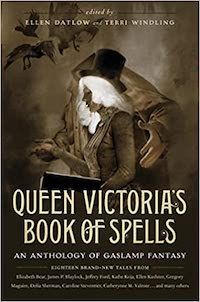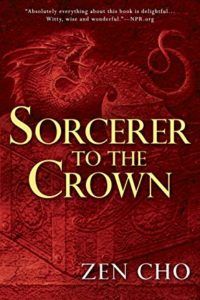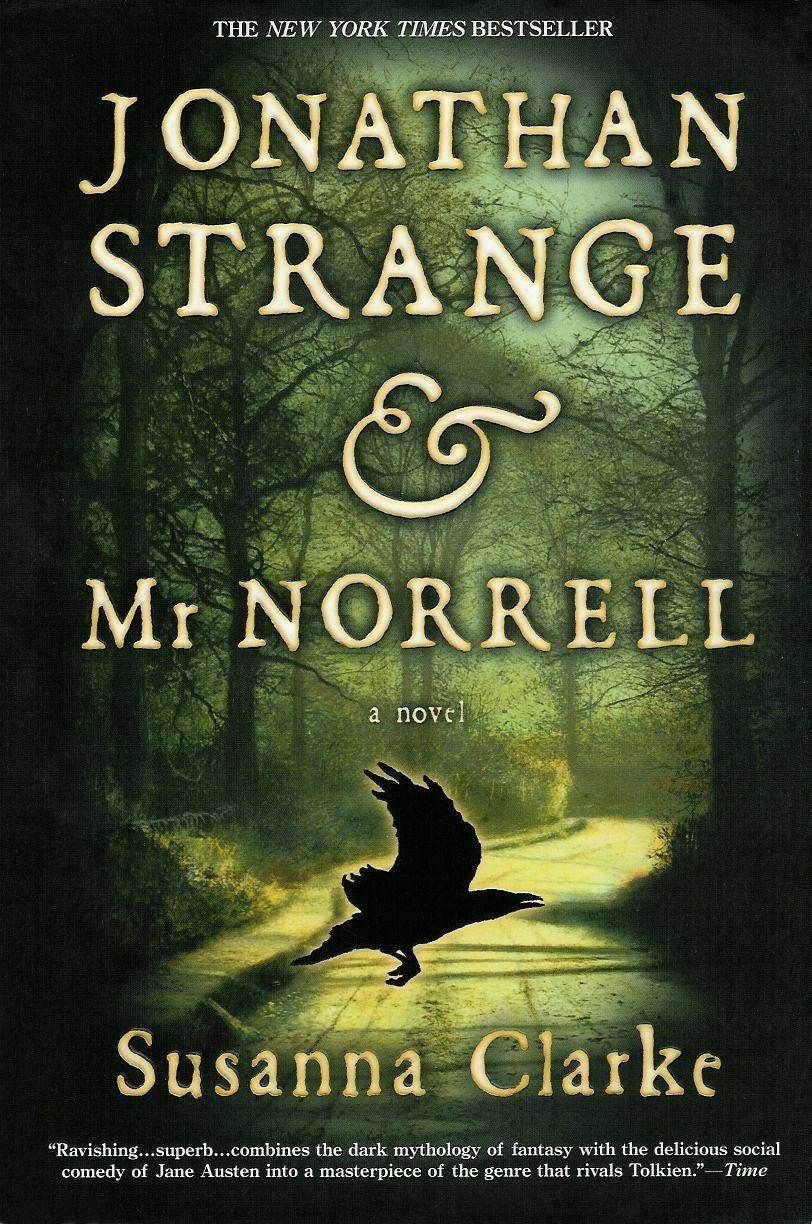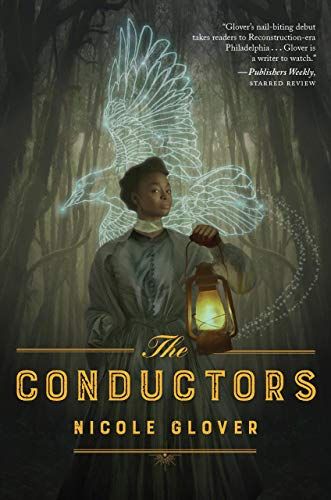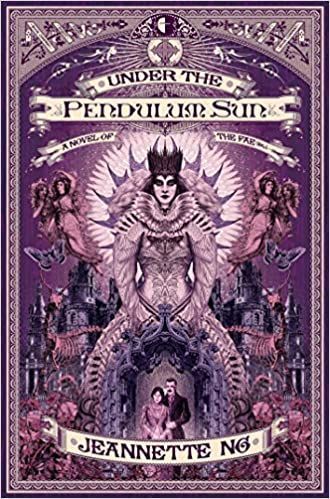The word “gaslamp” certainly gives a clue to its definition. From my research, gaslamp fantasy is, at least today, a part of historical fantasy that includes sub-genres. In a nutshell, gaslamp fantasy is fantasy that takes places any time during the 1800s, with some exceptions. Under its umbrella are Regency and Victorian fantasy, and some gothic fantasy fits as well. Some may also dispute whether steampunk is a sub-genre of gaslamp fantasy or vice versa, though steampunk doesn’t always fit because it can lean more science fiction. Suffice to say, the genre isn’t set in stone. And it’s still evolving.
Parameters of Gaslamp Fantasy
Sources discussing gaslamp fantasy in depth tend to be dated. Anne Rouyer, Supervising Librarian of Mulberry Street Library, wrote an introduction to gaslamp fantasy for the New York Public Library in 2014. In it, Rouyer wrote that gaslamp fantasy “stories can take place at any time between the Regency Era (early 1800s) all the way up to the beginning of WWI (1914).” Prior to that, in 2013, author Terri Windling wrote an article for the Tor/Forge Blog as a promotion for the anthology Queen Victoria’s Book of Spells, edited by Windling and Ellen Datlow. Windling and Datlow purposefully chose to use gaslamp fantasy instead of Victorian fantasy when describing the book. Also, Windling describes location being just as important as the time period when it comes to the genre: From “Bewitched, Bothered and Betrothed: An Intro to Gaslamp Fantasy” by Anne Rouyer
A Genre Born Of and In Its Time: Fantasy in Victorian England
What’s interesting about gaslamp fantasy is that at the time of its first appearance, the genre was contemporary. As previously mentioned, gaslamp fantasy has also been described as Victorian fantasy, taking place during the reign of Queen Victoria and mostly set in England. Gaslamp fantasy was birthed from exploding public interest in the fantastical, supernatural, and the occult during Queen Victoria’s reign, though at the time it was just called fantasy, fairytales, or the fantastical. Fantasy, of course, had already been around for centuries and written around the world, but for Victorian England, it became publicly acceptable, interesting, and popular around this time. From “What is Gaslamp Fantasy?” by Terri Windling In the introduction to Queen Victoria’s Book of Spells, which can also be found online, Windling wrote of two important 19th century works that brought magical tales to the public sphere: German Popular Stories by the Brothers Grimm, first published in England in 1823, and The Fairy Tales of Hans Christian Andersen, first published in 1846. Additionally, Ronald Patkus wrote an article to introduce an exhibition catalogue published in 2015 called The Age of Alice: Fairy Tales, Fantasy, and Nonsense in Victorian England (a PDF of the entire catalogue is available to download for free on this website page as well, for readers who want to dive even deeper). The catalogue’s purpose was to accompany a gallery of notable works of fantasy, particularly children’s books, during Victorian England, as well as celebrate the 150th anniversary of Lewis Carrol’s The Adventures of Alice in Wonderland. In the article, Patkus wrote “The Victorian era (1837–1901), after all, witnessed a great outpouring of fairy tales, and works of fantasy and nonsense. In fact, such works begin to appear in the first year of Victoria’s reign, and grew in number in succeeding years, right up to the year of her death.” From “Queen Victoria’s Book of Spells, Introduction:Fantasy, Magic, & Fairyland in 19th Century England” by Terri Windling Christina Rossetti’s The Goblin Market is often described as an example of one of the first gaslamp fantasies, and even Peter Pan by J.M. Barrie has been mentioned, too. These were popular fantastical tales, but there were still limitations. Despite the spiritual movement and interest in the fantastical, Victorian England was also known for its religious limitations. Luckily for us, gaslamp fantasy has continued to evolve since.
The Evolution of Gaslamp Fantasy & Examples
Since then, gaslamp fantasy has evolved and now encompasses much more than strictly Victorian England. Now many authors are exploring, critiquing, and deconstructing the strong themes of colonialism within the genre. While still set in and around the 19th century, authors are envisioning fantasy tales in places other than England, such as in America during the civil war. Colonialism, racism, and sexism are tackled head-on. Recent releases under the gaslamp fantasy genre are certainly not restricted by the propriety limitations of Victorian England. As Windling mentioned, stories written in 19th century stories weren’t as “dark, sensual, or disturbing” as oral traditions, but recent releases of gaslamp fantasy have embraced horror and sensuality. Below are some recent examples of gaslamp fantasy, which abide by the most basic definition of the genre (which is that it is set in and around the 19th century and is fantasy). These books take the genre to a whole new level of mastery. Hopefully these titles are a great jumping-off point for gaslamp fantasies that are redefining and evolving the genre. Fantasy itself is a broad genre, with multiple facets, and even sub-genres of sub-genres. It can be a thick forest to navigate, and if after reading this you find that gaslamp fantasy isn’t your cup of tea, Book Riot has provided some great lists as resources, including feel-good fantasy and fantasy romance. If the above titles do strike your fancy, I wish you quiet and twilight as you read. Let this genre take you back in time, where the lamplighters are at work on the darkening streets, and where magic, fairies, and ghosts linger over your shoulder as you turn the page.
